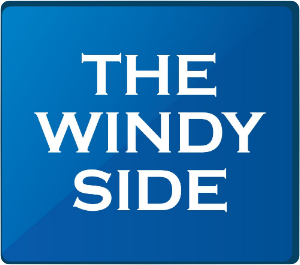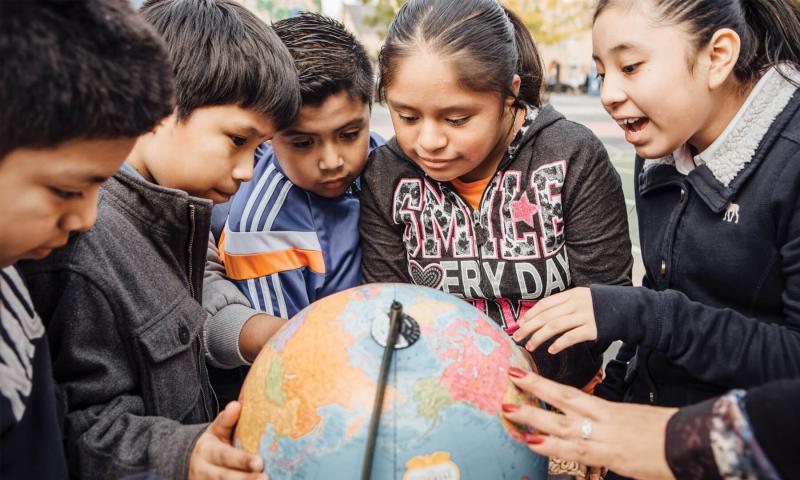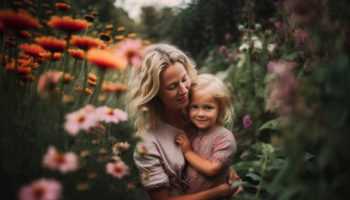Why is the message of tolerance and inclusion an important message for children to hear today?

by Kevin Christofora
One of my favorite metaphors is that of the American ‘melting pot’: this idea that our country is made up of a whole host of ethnicities, religions, and viewpoints that all come together to create something beautiful and new. America is a place of diversity and therefore, a place for tolerance. Some people treat “tolerance” as a modern buzzword, but it’s a core value of America, and always has been.
As a little league coach and the author of The Hometown All Stars, I do my best to be a positive influence in the lives of players, readers, and parents, and aid in difficult conversations. Parents of my players will use me for leverage by saying to their little ones, “Remember, Coach said…” In my books as well as my coaching, I truly hope to share meaningful lessons of compassion and empathy.
That’s why I believe it’s our responsibility to teach children the importance of tolerance and inclusion, and to start doing so early. Studies show that children as young as six months old can recognize race, and that at as young as three years children can even express bias based on race. While a lot of this may just boil down to the way our brains try to simplify things and make them easier to understand, it does mean that it’s essential to teach young ones to embrace difference early. Truly, they’re never too young to learn about tolerance, inclusion, and how our differences are things to celebrate rather than fear.
The first way we teach children is by example. Notice the way you speak at home, especially about people of different backgrounds or philosophies. Your kids will pick up on what you say— and what you leave unsaid. Even implied negativity can influence the way young ones view the world, and the other people in it.
You can also talk to your kids about tolerance and inclusion by paying attention to opportunities that are already there. Did someone in your child’s class get teased about their religion or ethnicity? When your kids bring up stories like this, it’s because they want to talk about them. They already know, intuitively, that something is wrong and they’re looking to you to help them understand it. When you talk about the given issue or story with them, focus on empathy and getting them to put themselves in someone else’s shoes.
Finally, celebrate the people in your family’s life who are different from you: your neighbors, family friends, teachers, and community leaders. These people reflect the American melting pot: they likely are of different races, ethnicities, religions, and ideologies, but they aren’t so different from you and your family. Your kids will learn tolerance and inclusion just by living it; it will be normal for them, and they will grow into accepting and empathetic adults.
Talk to your kids about tolerance and inclusion early, and it will always be part of their lives. Teach them to be empathetic, accepting, and to celebrate the differences of others. Then, their actions will always be in line with the foundational value of the American melting pot, and will make the world a better place.
Kevin Christofora
Christofora, a father and little league coach, hopes his books will inspire children to play outside more often. A devotee of America’s pastime, he aims to teach young people about baseball and the habits of a healthy lifestyle in the form of a fun and educational bedtime story.
He has appeared on ABC News, ESPN Radio, 660 News Radio, Santa Fe – KVSF 101.5, and WDST-FM Woodstock, and has had articles featured in About Families Online, KidzEdge, Mom Blog Society, and several other publications.






